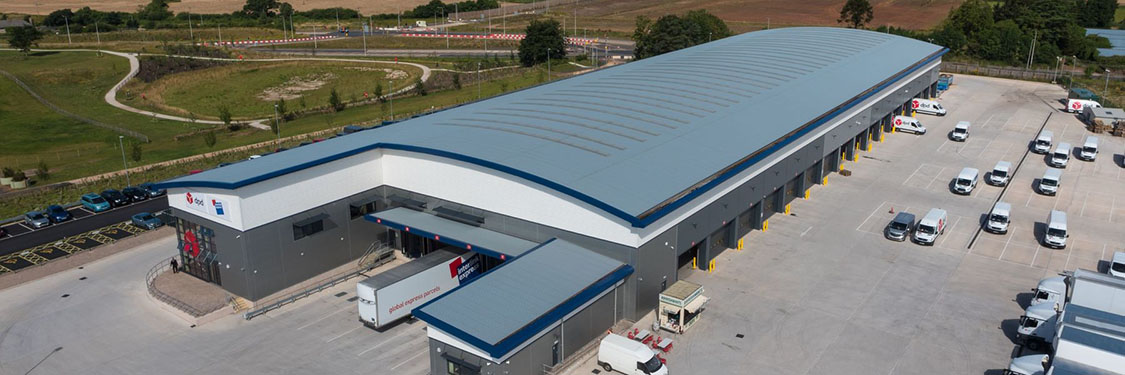Introduction
The Construction (Design and Management) Regulations 2015 (CDM 2015) govern the management of health, safety and welfare when undertaking construction projects. The previous 2007 CDM Regulations have been replaced to make it easier for everyone involved to understand what they need to do to complete the job safely. Small and medium size construction businesses now have to make a plan and manage health and safety under CDM 2015 which came into force on 6 April 2015.
Manufacturers supplying standardised products for use in any construction project are not designers; however, the person who selects the product is a designer and must take account of health and safety issues arising from the installation and use of those products.
In a situation where a product is required to be purpose built (bespoke), then the person who prepares the specification or drawings is a designer and so is the manufacturer who develops the specification into a detailed design. The connection is that as a designer your decisions can affect the health and safety of workers and others who will construct, maintain, repair, clean, refurbish and eventually demolish the building or structure, as well as those who will use it as a completed workplace.
For the first time, CDM 2015 now applies to domestic client projects, although the client duties will normally be transferred to the contractor or principal contractor, or if the client wishes to make a specific appointment, the designer.
Key changes in the new CDM Regulations 2015
- The revised legislation applies to all projects including for the first time domestic jobs.
- All projects must have a written construction phase plan.
- The role of CDM co-ordinator in the previous CDM Regulations 2007 has been removed and replaced with a new role of principal designer. This means that the responsibility for coordination of the pre-construction phase – which is crucial to the management of any successful construction project – will rest with an existing member of the design team.
- Some domestic and non-domestic projects will have to be notified to the Health & Safety Executive by the client.
- The client: the new Regulations recognise the influence and importance of the client as the head of the supply chain and they are best placed to set standards throughout a project. There is a duty to make sure all persons doing the job have the right skills, knowledge, training and experience.
- Competence. This will be split into its component parts of skills, knowledge, training and experience, and – if it relates to an organisation – organisational capability. This will provide clarity and help the industry to both assess and demonstrate that construction project teams have the right attributes to deliver a healthy and safe project.
The technical standards set out in Part 4 of the new Regulations will remain essentially unchanged from those in guidance related to CDM 2007. HSE’s targeting and enforcement policy, as a proportionate and modern regulator, also remains unchanged.
Industry guidance
There are a series of industry guides for the five duty holders (clients, contractors, designers, principal contractors and principal designers) under CDM 2015, and one for workers. These were published before the Regulations came into force and may be subject to change. They set out, in practical terms, what actions are required to deliver a safe and healthy construction project. All documents can be downloaded using the links opposite.
In addition, the HSE has produced legal series guidance (L153) on the legal requirements for CDM 2015. It was made available before the Regulations came into force on 6 April 2015 to help anyone who has duties under the Regulations to prepare in advance.
Please note the Regulations within the guidance have been amended following consultation. The Regulations and this legal series guidance may be subject to change while the Regulations are awaiting Parliamentary approval. The final version of the Legal series guidance to support CDM 2015 became available from 6 April 2015.





